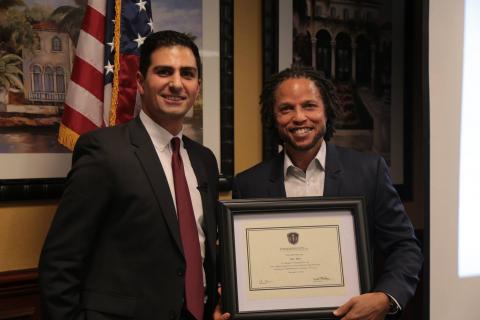Easy to Use, Hard to Forget
Jul 09,2016
In A Practical Guide To Usability Testing, Joseph S. Dumas and Janice C. Redish state the following regarding what to do when testers ask certain questions:
Turn the question around. Participants might ask, “Do I use Help to find that out?” The participants may be asking you to give them the answer, or they may just be unsure. In either case, you do not want to lead them. You might say, “What do you think you should do?” or “Do whatever you think you should do,” or “I would like you to figure that out,” or “I can’t tell you what you should do, but I’d like you to keep trying.”
Participants might ask, “Did I do that right?” An appropriate response would be, “Do you think you did it right?” Knowing how confident participants are can be useful information. If they are not confident, the software may not provide enough feedback to their actions.
In other words, when a usability test participant asks a question, he or she either A) wants you to provide the correct answer, or B) is merely uncertain. The best thing to do in these situations is to query the participant in response in order to avoid giving any hints. The participant’s confidence level is helpful data, because a lack of self-assurance may coincide with a lack of usability in the product being tested.
In a sense, this testing technique mimics the Socratic Method, which—according to the University of Chicago Law School website—is the act of “engag[ing] in questioning of [the participant] in an unending search for truth,” seeking to “get to the foundations of [the participant’s] views by asking continual questions until a contradiction [is] exposed, thus proving the fallacy of the initial assumption.”
In the case of user testing, the contradiction exposed would be any flaw useful to the person testing, and the initial assumption proven wrong would be inherent in the question(s) posed by the testee. According to The Critical Thinking Community’s website, “Socratic questioning is a highly disciplined process;” the Socratic questioner “acts as the logical equivalent of the inner critical voice which the mind develops when it develops critical thinking abilities,” and “the contributions from the members of the [discussion] are like so many thoughts in the mind;” all of the thoughts “must be dealt with and they must be dealt with carefully and fairly,” and “by following up all answers with further questions, and by selecting questions which advance the discussion, the Socratic questioner forces the [participants] to think in a disciplined, intellectually responsible manner, while yet continually aiding the [participants] by posing facilitating questions.”
If the facilitator acts as the logical equivalent of the inner critical voice, it only makes sense that the less questions asked, the better; after all, design is an endless pursuit of the intuitive manifested in visual form, so facilitating questions (indicative of the potential extent of rigorous thought by users) should be kept to a minimum.
In consideration of design, this dictates that usage cognizance should be kept as superficial as possible. The overall step-by-step sequence of usage for any product should be kept simple enough to be viewable from the surface.
However, this is somewhat counterintuitive in light of the dual intent of any good design. Successful design should be fun to contemplate through varied thinking lenses, yet speedily utilized. In essence, a good design—like the feedback garnered from Socratic usability testing—is mutually opposed in its usage: very easy to use…but quite difficult to forget.






